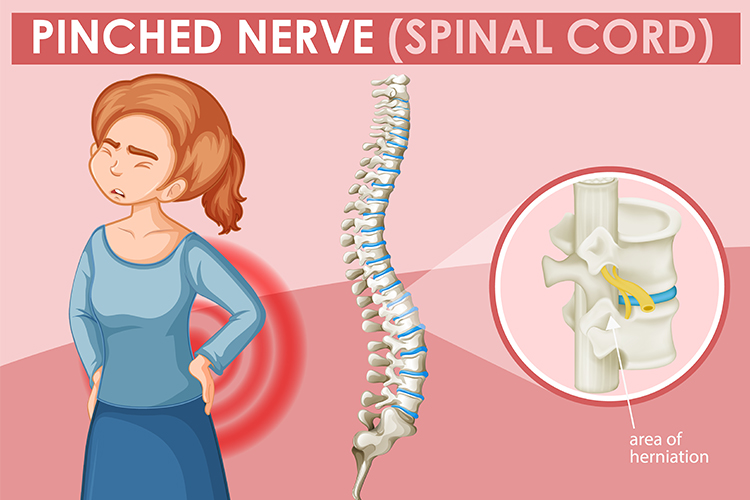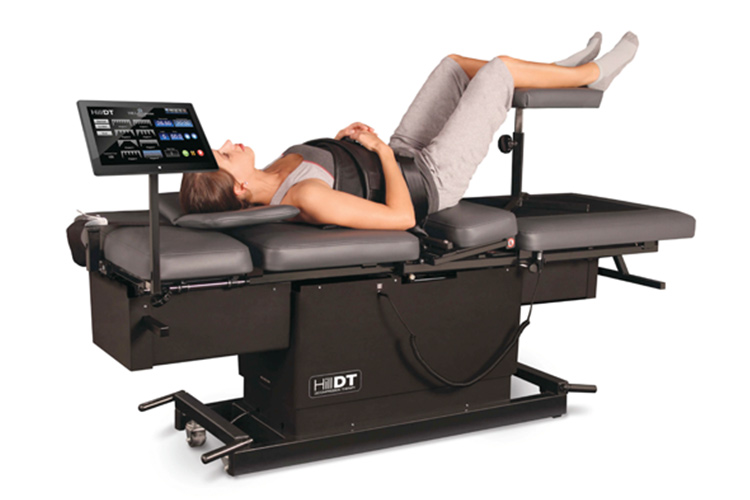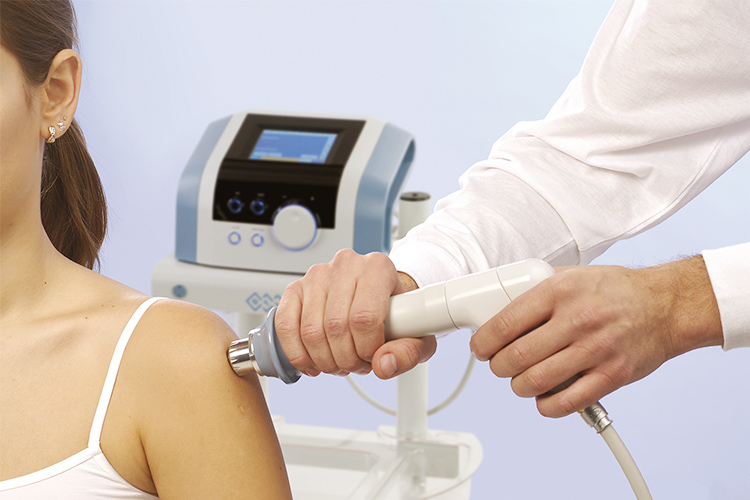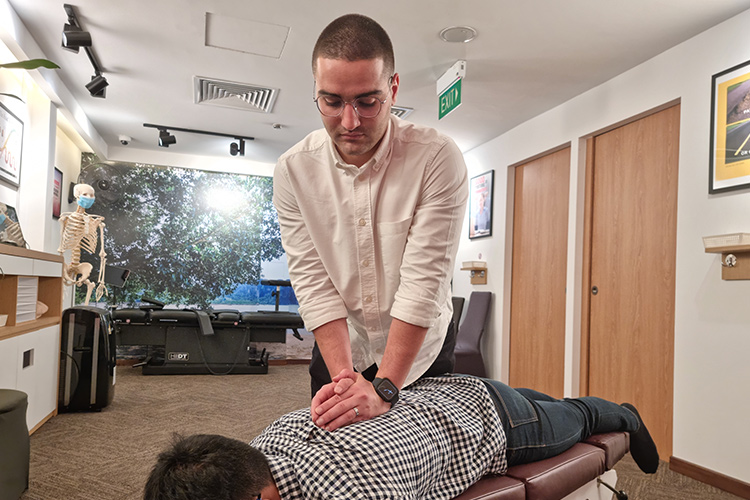Chiropractic Care Focuses on Your Nervous System
Tingling and numbness are unusual or unpleasant physical sensations that occur most commonly in the fingers, hands, arms, or legs. There are two types of numbness and tingling you may experience:
Paresthesia: a feeling of “pins and needles” on your skin
Dysesthesia: an abnormal sensation that is painful, itchy, burning or restrictive

Tingling and numbness are unusual or unpleasant physical sensations that occur most commonly in the fingers, hands, arms, or legs. There are two types of numbness and tingling you may experience:
Paresthesia: a feeling of “pins and needles” on your skin
Dysesthesia: an abnormal sensation that is painful, itchy, burning or restrictive


Spinal subluxations interfere with your nervous systems’ ability to normally communicate with the tissues of your body— resulting in pain, abnormal function or in many cases, numbness of the extremities. Some conditions such as sciatica, carpal tunnel syndrome (CTS), slipped or herniated disc can also cause numbness and tingling.
Other causes of numbness and tingling:
- Poor blood supply
- Injured nerve in your neck
- Herniated disk in your spine
- Pressure on your nerves
- Vitamin B1 deficiency
- Enlarged blood vessels
- Lesions on the spinal discs
- Sciatica
- Trigger points in the muscles
Spinal subluxations interfere with your nervous systems’ ability to normally communicate with the tissues of your body— resulting in pain, abnormal function or in many cases, numbness of the extremities. Some conditions such as sciatica, carpal tunnel syndrome (CTS), slipped or herniated disc can also cause numbness and tingling.
Other causes of numbness and tingling:
- Poor blood supply
- Injured nerve in your neck
- Herniated disk in your spine
- Pressure on your nerves
- Vitamin B1 deficiency
- Enlarged blood vessels
- Lesions on the spinal discs
- Sciatica
- Trigger points in the muscles

As we age, spinal compression is more common. Weakness and sensory changes in the extremities is a giveaway that spinal cord compression may be happening in your neck or lower back.
Symptoms of spinal compression:
- Numbness, cramping, or weakness in the arms, hands, or legs
- Loss of sensation in the feet
- Pain and stiffness in the neck, back, or lower back
- Headaches, migraines
- Sinus
- High blood pressure
- Sciatica

As we age, spinal compression is more common. Weakness and sensory changes in the extremities is a giveaway that spinal cord compression may be happening in your neck or lower back.
Symptoms of spinal compression:
- Numbness, cramping, or weakness in the arms, hands, or legs
- Loss of sensation in the feet
- Pain and stiffness in the neck, back, or lower back
- Headaches, migraines
- Sinus
- High blood pressure
- Sciatica


Regular Chiropractic Treatment
Our trained chiropractors will apply force to adjust misalignments in your spine to help relieve, reverse and resolve symptoms you are experiencing, ultimately helping you to resume your daily activities.

Decompression Therapy
Nonsurgical procedure intended to relieve pressure in the targeted segment of the spine by gently stretching it to create a negative pressure in it. This stretch will allow herniated/bulging discs to retract and promote blood flow back to the discs to improve recovery. Decompression Therapy has been known to be effective for conditions such as slipped discs, sciatica, disc degeneration and nerve compression.

Shockwave Therapy
Shockwaves are transient acoustic waves which have the unique ability to transmit high energy peaks. Shockwave Therapy focuses the high dosages of energy to painful spots through deep cell stimulation, which triggers the tissue healing and regeneration process. This effect is favourable in resolving persistent pain conditions in the joints, tendons and muscles.
Regular Chiropractic Treatment
Our trained chiropractors will apply force to adjust misalignments in your spine to help relieve, reverse and resolve symptoms you are experiencing, ultimately helping you to resume your daily activities.

Decompression Therapy
Nonsurgical procedure intended to relieve pressure in the targeted segment of the spine by gently stretching it to create a negative pressure in it. This stretch will allow herniated/bulging discs to retract and promote blood flow back to the discs to improve recovery. Decompression Therapy has been known to be effective for conditions such as slipped discs, sciatica, disc degeneration and nerve compression.

Shockwave Therapy
Shockwaves are transient acoustic waves which have the unique ability to transmit high energy peaks. Shockwave Therapy focuses the high dosages of energy to painful spots through deep cell stimulation, which triggers the tissue healing and regeneration process. This effect is favourable in resolving persistent pain conditions in the joints, tendons and muscles.










Relieve Your Pains Today
your journey towards optimal health.


